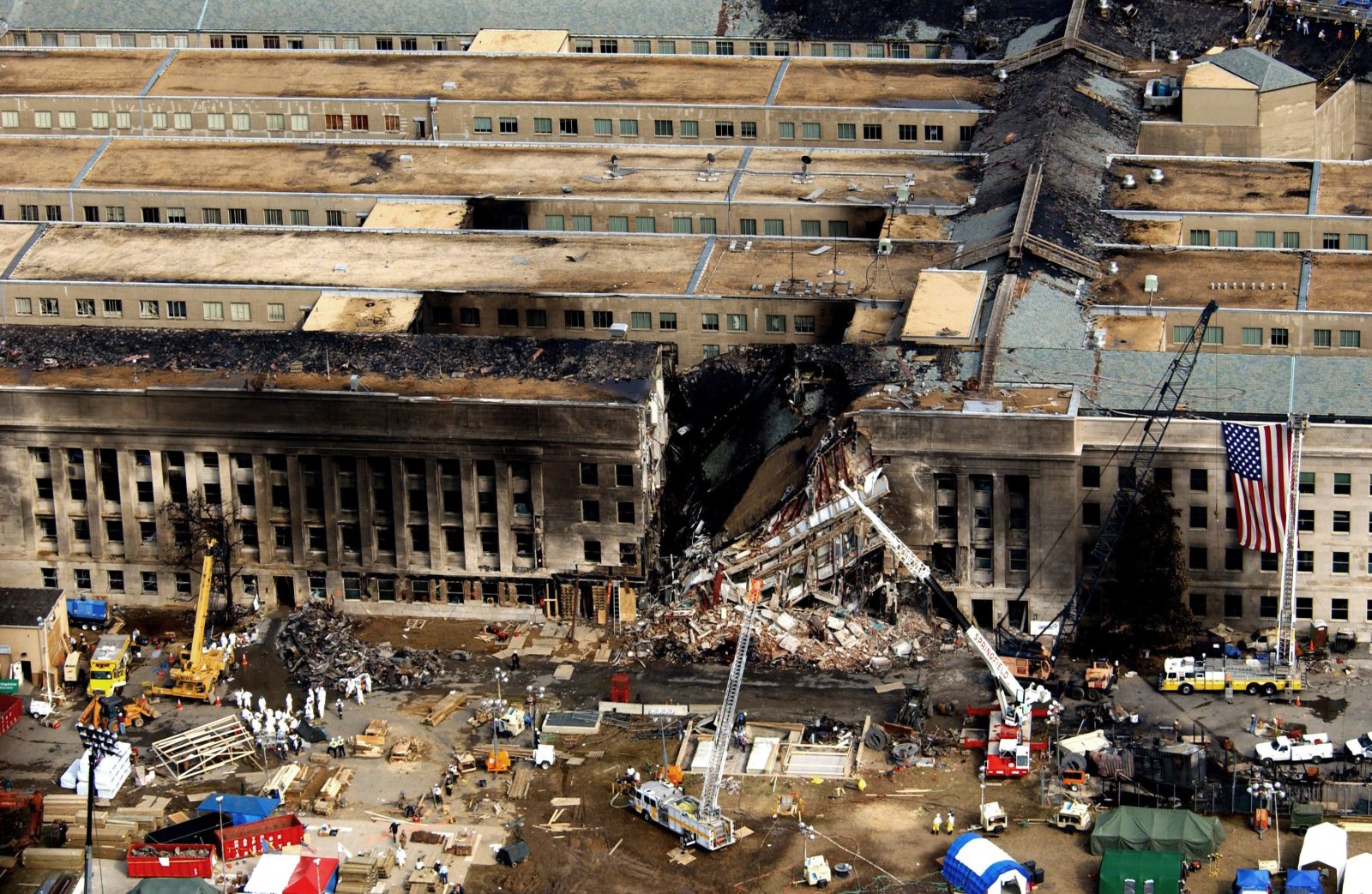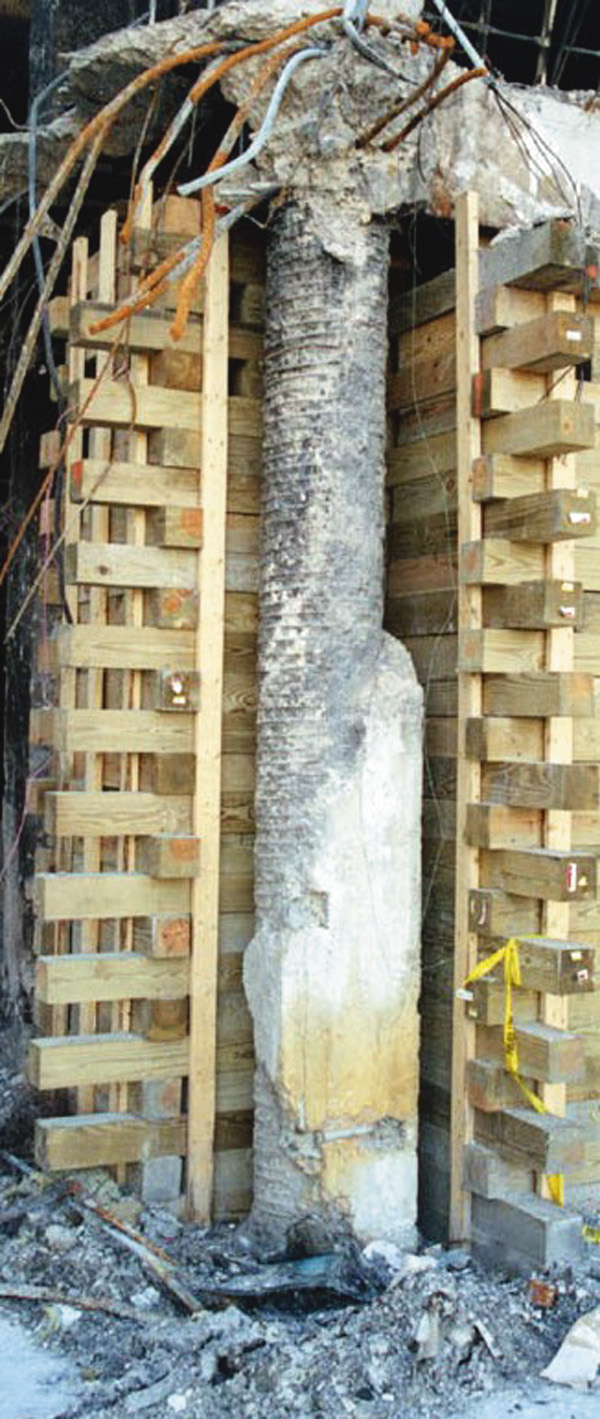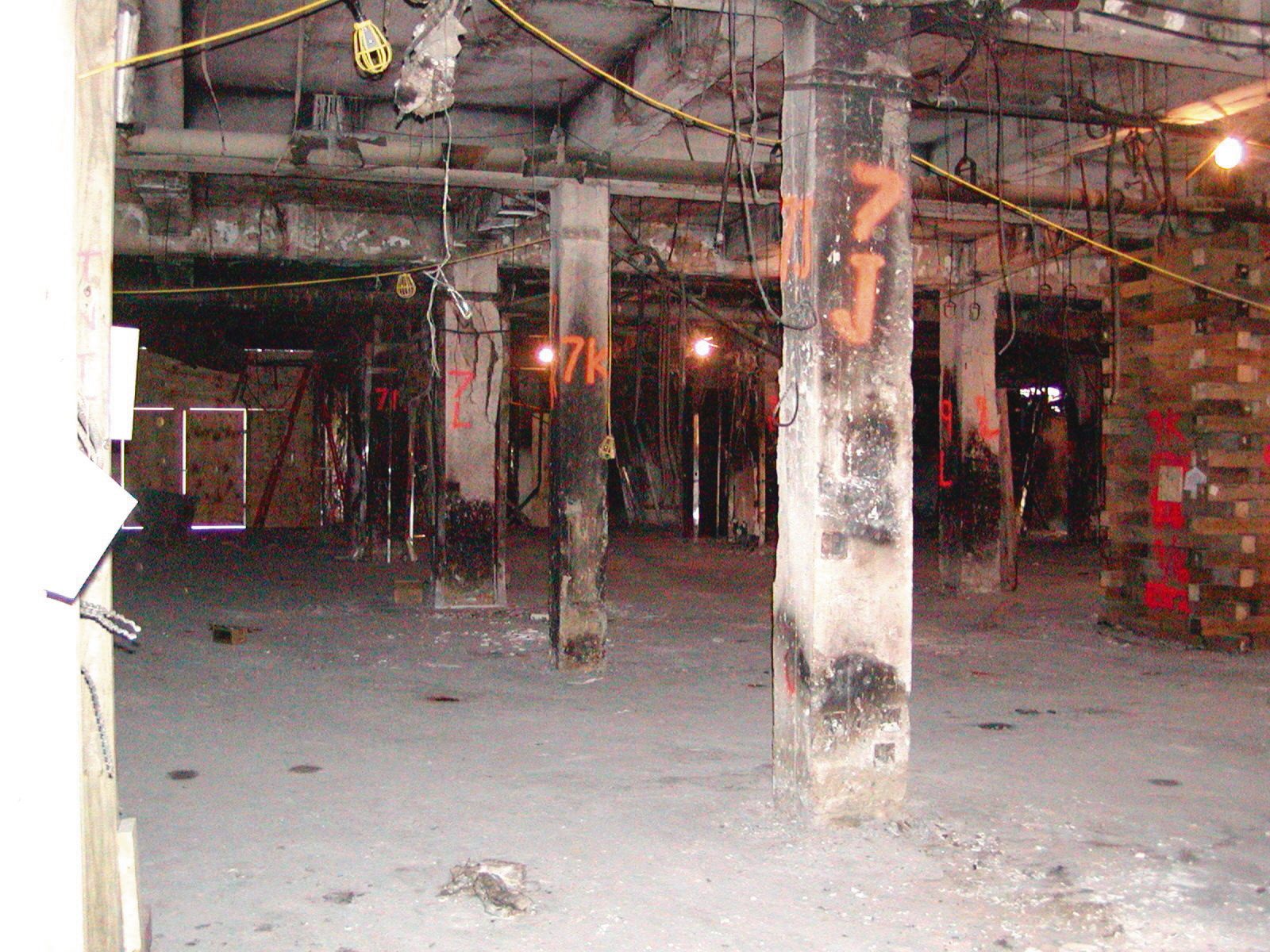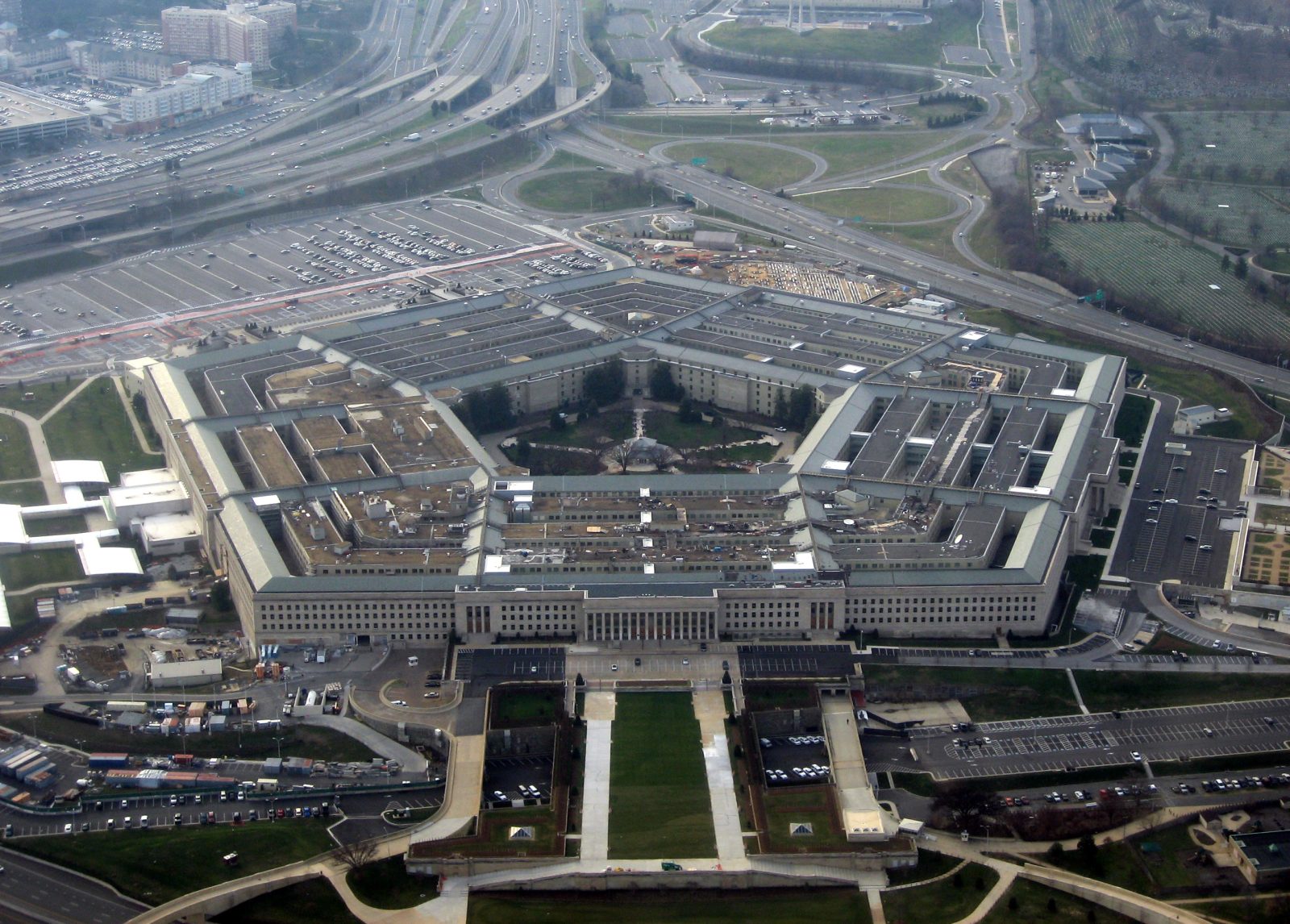Washington, DC
Pentagon, Building Performance Study
Scope/Solutions
On the morning of 11 September 2001, hijackers crashed a commercial plane into the Pentagon. Following that attack, the American Society of Civil Engineers established a building performance study (BPS) team to examine the structural performance of the Pentagon in the crash and the subsequent fire. SGH served on the six-member BPS team, who authored The Pentagon Building Performance Report.
The BPS team visited the site to document the extent of damage and noted two primary structural items of interest. First, many of the first floor columns in the area impacted by the airplane were destroyed during the crash. Second, the partial collapse of the damaged area did not happen immediately.
The team evaluated why portions of the building collapsed and others remained standing. They also investigated the influence of the ensuing fire on the delayed collapse.
The team confirmed that the concrete structure with its inherent robustness performed well in consideration of such unprecedented loads. They determined spiral reinforcement added considerable ductility to concrete columns, continuous reinforcement allowed beams to span greater distances, and two-way slab construction added significant redundancy. Ultimately, the team concluded that these structural details, with additional help from the reserve capacity associated with a high original design live load, likely saved dozens of lives.



